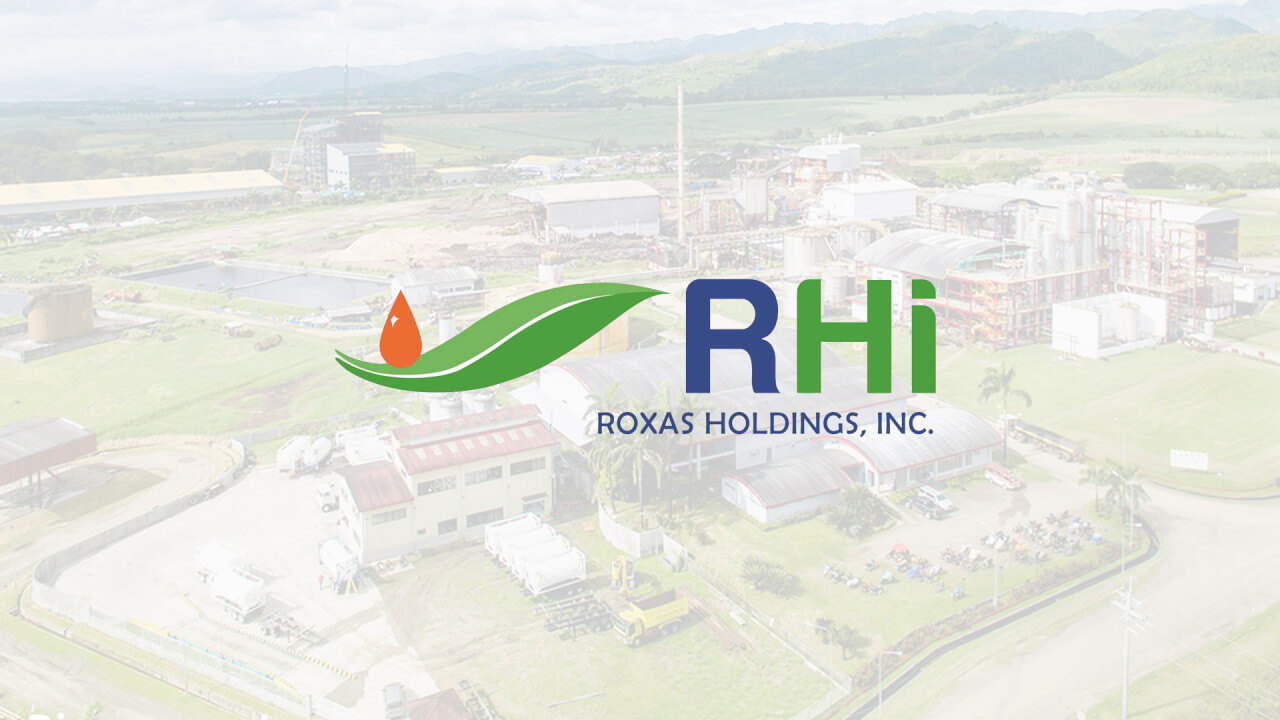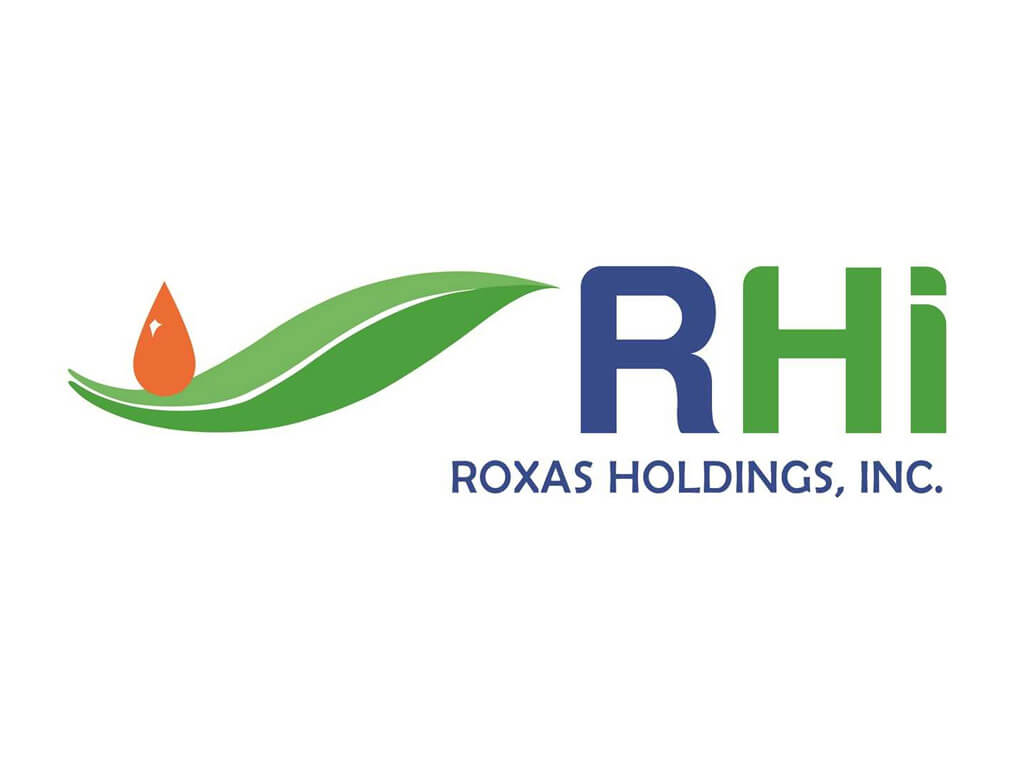

These two related entities, while seemingly unheard of by many until now, actually have a long and storied history dating back to the 1800’s. So here’s some background on the businesses that sugar and the Familia Roxas built.
Roxas y Compañia
Roxas & Company, Inc. traces its roots to Roxas y Compañia Limitada, a limited partnership — a business entity that is owned by two or more parties, with at least one serving as general partner who runs the day-to-day affairs.
The Directory and Chronicle for China, Japan, Corea, Indo-China, Straits Settlements, Malay States, Siam, Netherlands India, Borneo, the Philippines, and Etc. for the year 1938 classifies the company under sugar manufacturers, with offices at 719 Echague, San Miguel, Manila.
Listed as partner and general manager is Antonio Roxas Gargollo; partner and manager, Eduardo Roxas Gargollo; and José Roxas Gargollo, partner. As you might have guessed all three gentlemen are siblings.
Their parents were Carmen Gargallo Viuda de Roxas and Antonio R. Roxas de Ayala, the latter one of three sons of Pedro Pablo Roxas, grandson of Domingo Roxas who co-founded Casa Roxas which is now Ayala Corporation.
(That busy, eponymously-named thoroughfare in the Makati CBD, Paseo de Roxas, is said to have been named in honor of Casa Roxas founder Domingo Roxas.)
Pedro, who was brought in by San Miguel Brewery founder Enrique M. Baretto as principal and managing partner, is credited for hiring German brewmaster Ludwig Kiene, the man responsible for the award-winning beer we enjoy today.
Meanwhile, in the Manila City Directory of 1933, one will find an advertisement for Roxas y Cia, revealing the firm’s whole range of endeavors most notably as general manager of Central Azucarera Don Pedro, as well as that of haciendas de Nasugbu, Palico, Caylaway, Tumalin, and Banilad, all in Batangas.
Additionally, the company served as general merchants, real estate proprietors, commission agents, importers and exporters and, of course, sugar producers.
Over time, the Roxas y Compañia limited partnership was dissolved to give way to a corporation — Roxas & Company, Inc. (RCI).
Thus states the 1981 articles of incorporation of RCI and its primary purpose: “To acquire or otherwise take over, assume and carry on, as a going concern, the business, properties, assets, rights, privileges, debts, liabilities, and engagements of Roxas y Compañia Limitada.”
The newly-formed corporation was also tasked to “exploit and develop the rural lands comprising Hacienda Carmen, Palico, and Banilad of Hacienda de Nasugbu.”
These haciendas have been subject of a four decade-long dispute between the farmers that till these lands and RCI, not to mention issues concerning unpaid property taxes.
Outside of these land assets, RCI through subsidiary Roxaco Land Corp. developed together with Landco Pacific Corp. Peninsula de Punta Fuego, an 88-hectare oceanside enclave that’s “home to the most discriminating set”.
A new set of board of directors were also appointed, namely: Antonio Roxas Gargallo, Enrique Roxas Gargallo, Antonio Roxas Mendezona, Eduardo Jose Roxas Olgado, and Pedro Roxas Olgado.
Central Azucarera Don Pedro, Inc.
Sugar and ethanol producer Roxas Holdings, Inc. (RHI) owes its existence to Central Azucarera don Pedro (CADPI), the sugar central in Nasugbu, Batangas, founded in 1927.
While CADP was forced to close down in February of this year and RHI has been a struggling concern, its founders, all prominent names, certainly saw bright prospects for the company: Carmen Gargollo Vda. de Roxas, Margarita Roxas Vda. de Soriano, Ramon Roxas de Fernandez, Antonio Roxas y Gargollo, Enrique Roxas y Argellies, Andres Soriano y Roxas, Alfonso Zobel y Roxas, and Jose Zabarte.
Margarita Roxas y Ayala, who married Eduardo Soriano, was the daughter of Domingo Roxas. She inherited a thriving indigo plantation and manufacturing concern, not to mention real estate and other investments, all of which she expanded and grew as an astute businesswoman.
Her son, Andres Soriano y Roxas, described as “pioneer and pillar” and “whose creative energy and entrepreneurial daring would dominate Philippine industry for decades to come,” successfully led A. Soriano Corporation and San Miguel Brewery.
While we’ll need to dig-up and do more research on CADP’s profits over the years since its founding, in 1938 at least, The Commercial and Industrial Manual of the Philippines reports that the company declared a cash dividend of seven and one-half percent equivalent to Pesos 0.75 per share.
And again in 1941, declared a dividend of 8% or P0.80 per share, in aggregate dividend of P120,000.00 payable on February of that year.
A new chapter
In 1994, CADP embarked on an expansion and modernization program with the aim of becoming an integrated sugar producer. This was followed in 1996 by the acquisition of Central Azucarera de la Carlota, Inc., located in Negros Occidental at the south base of Mt. Kanlaon, from the Elizalde family.
The Roxases are related to the Elizaldes by marriage thanks to the union of Mari Carmen Roxas to Francisco José Elizalde, in the same way the Zobel de Ayalas are related to the Elizaldes by marriage through Sofia Zobel and Francisco "Patxi" Elizalde Jr.
In the same year on August 8, CADP would listed on the Philippine Stock Exchange, signaling a new chapter for the company. In November 2013, a wholly-owned unit of First Pacific Company Limited led by Manuel V. Pangilinan agreed to buy 34% of Roxas Holdings, inc. for P2.47 billion.
“We aim to modernize this industry, working with farmers to increase efficiency, productivity and incomes while providing our shareholders with a strong and growing business,” said Pangilinan at that time.
Yet, RHI has struggled to stay afloat, with a net loss in the fiscal year of 2023 ending September 30 reaching P2.25 billion.
With news of RHI’s impending sale to the group of businessman Leandro Leviste for P5 billion — which awaits approval from creditors and regulators — and his promise “to create more and better jobs for the benefit of local farmers and former sugar workers” we wait and see what the future holds for the storied and once-dominant company that sugar built.

Features Reporter
